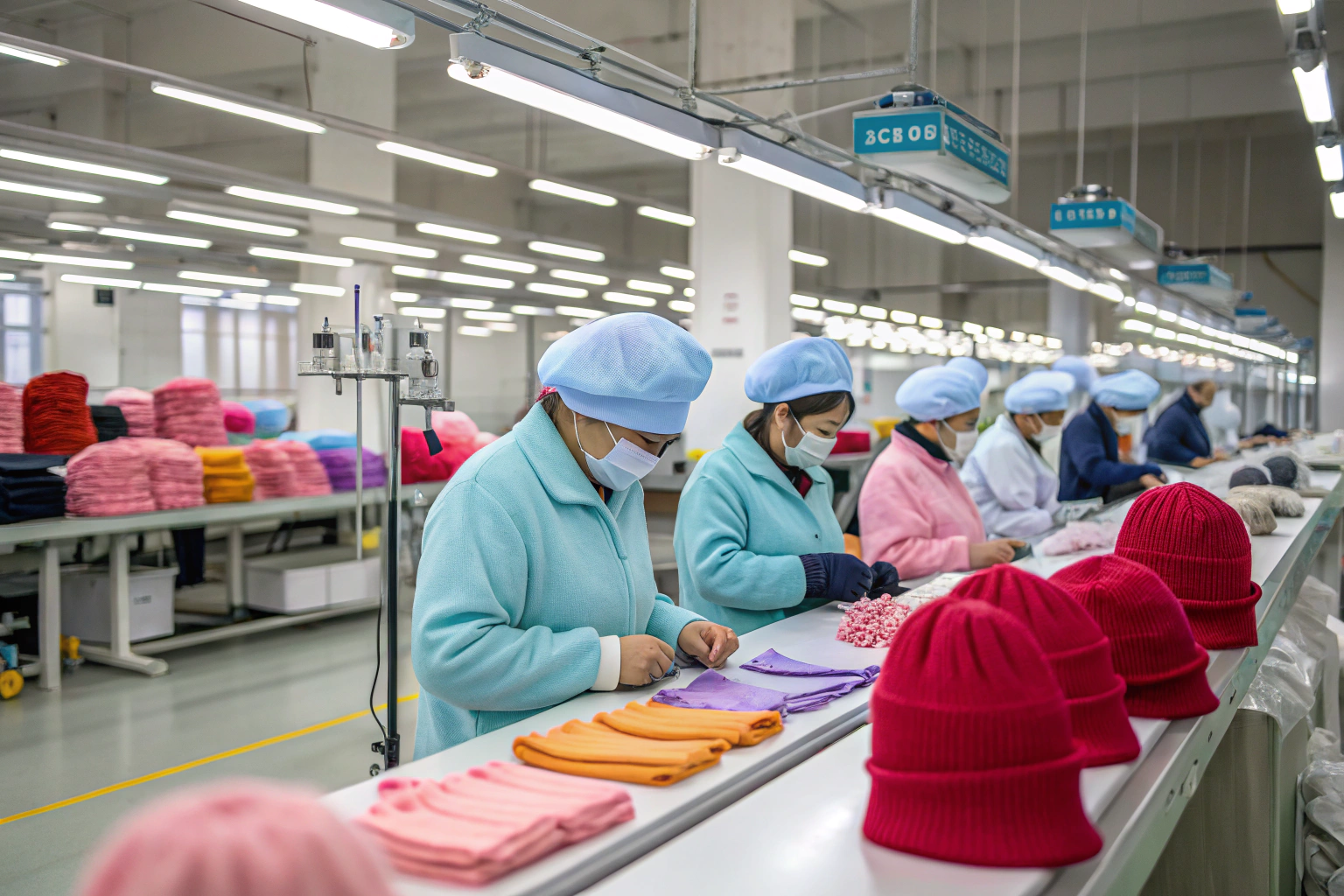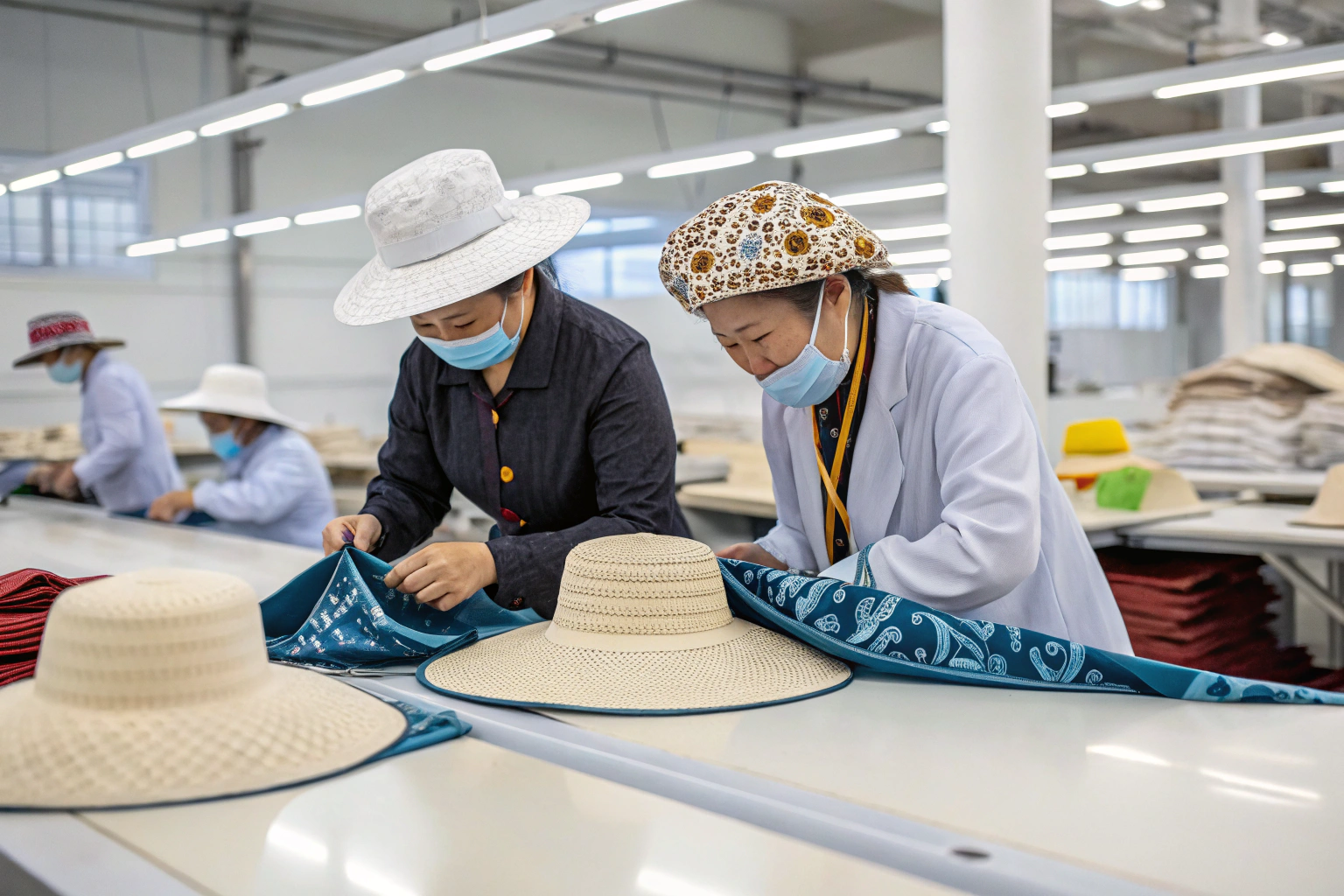Selling well during peak season is only half the battle. If your supplier can’t keep up—or ships too late—you risk losing both sales and reputation.
To manage seasonal demand, accessory buyers must plan ahead with suppliers, secure production slots early, build safety stock, and consider warehousing strategies tailored for fluctuations.
At AceAccessory, we help clients navigate demand peaks like Q4 holidays or spring fashion drops—through forecast alignment, flexible planning, and strategic fulfillment support.
What should a service provider do when seasonal demand increases?
When orders spike, response time and flexibility matter most. If your supplier can’t ramp up, you’re left out of stock.
A good service provider prepares for seasonal demand increases by securing capacity in advance, adjusting labor shifts, streamlining production lines, and coordinating logistics with priority.
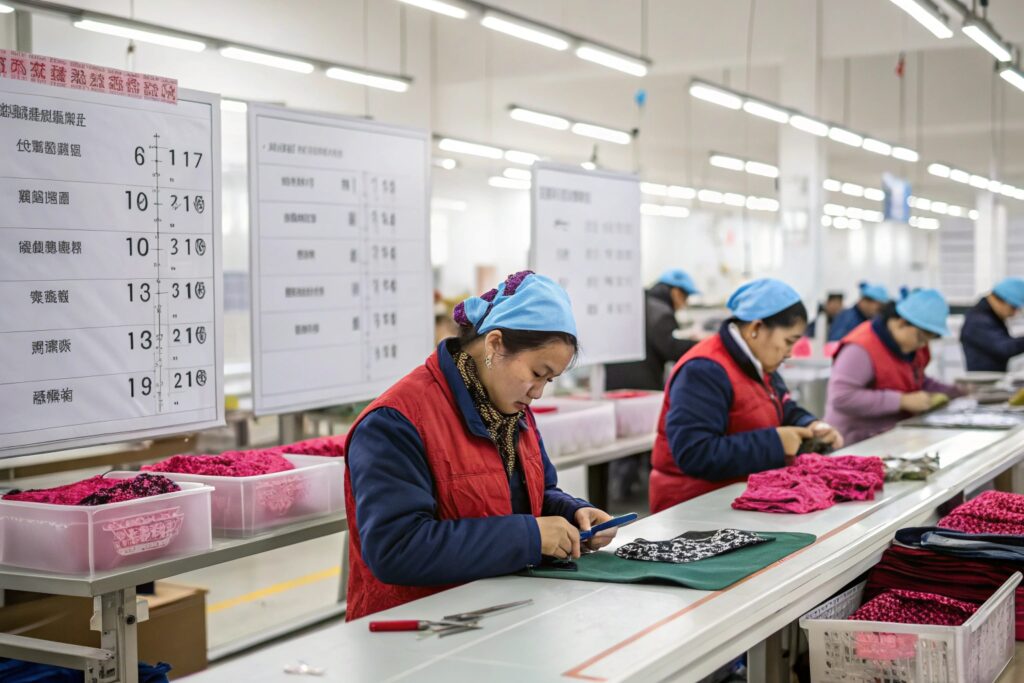
How we support clients during peak season:
| Action | Client Benefit |
|---|---|
| Forecast Review Meetings | Align on expected volume 30–60 days ahead |
| Pre-booked Material Lots | Ensure raw components are in stock |
| Shift-Based Production | Add labor capacity temporarily |
| Dedicated QC Teams | Speed up release without cutting corners |
| Split Shipping | Deliver part now, balance later |
For example, during Christmas accessory season, one U.S. brand we serve increases volume by 400%. We prep the raw stock in September and stagger production weekly through October to meet their November arrival target.
What are fluctuations in demand due to seasonality?
Seasonal demand isn’t random—it follows patterns. The challenge is predicting how deep the curve will go.
Seasonal fluctuations are recurring demand changes tied to holidays, weather, fashion cycles, or school terms—often requiring higher production and faster delivery within limited windows.
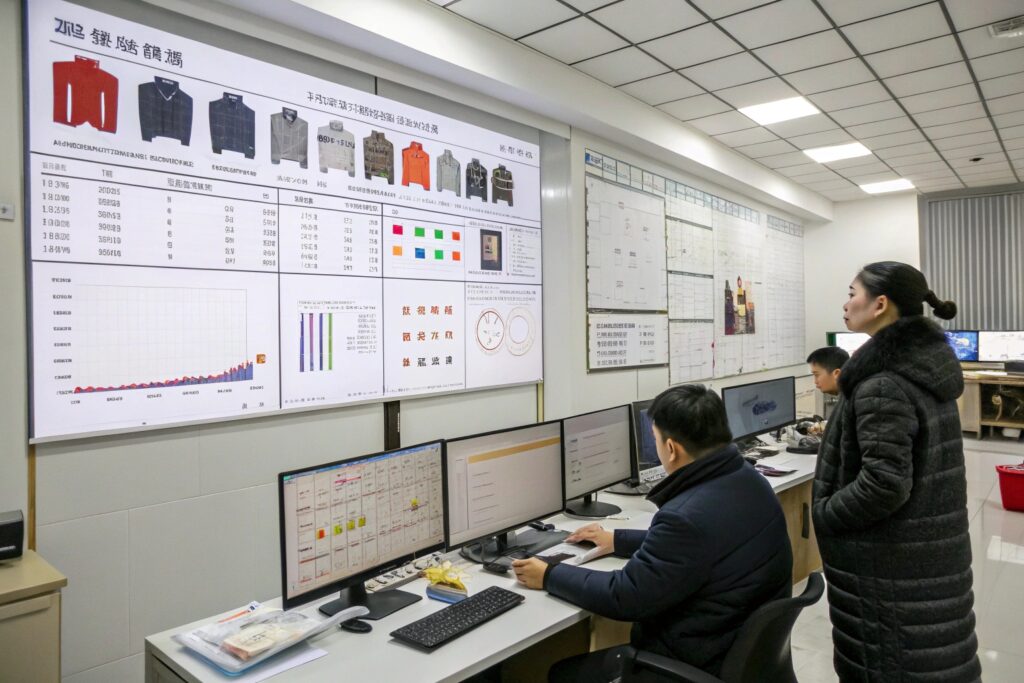
Typical seasonal demand for accessories:
| Season | High-Demand Products |
|---|---|
| Q4 (Oct–Dec) | Scarves, gloves, hair clips for gifting |
| Spring (Mar–May) | Fashion headbands, UV umbrellas, light shawls |
| Back-to-School | Hair ties, school-friendly accessories |
| Festival/Event | Themed items: Halloween, Valentine’s, Coachella |
We work with clients 1–2 quarters in advance to secure capacity before they finalize their campaigns. That way, even if there's a last-minute marketing push, we’re already ahead in production.
How does seasonality affect supply and demand?
When demand peaks, suppliers need to act fast—but so does everyone else. That causes chain reactions in both material cost and factory lead time.
Seasonality affects supply by straining factory capacity, extending lead times, and inflating costs. It affects demand by forcing buyers to stock earlier and plan better to avoid missed sales.
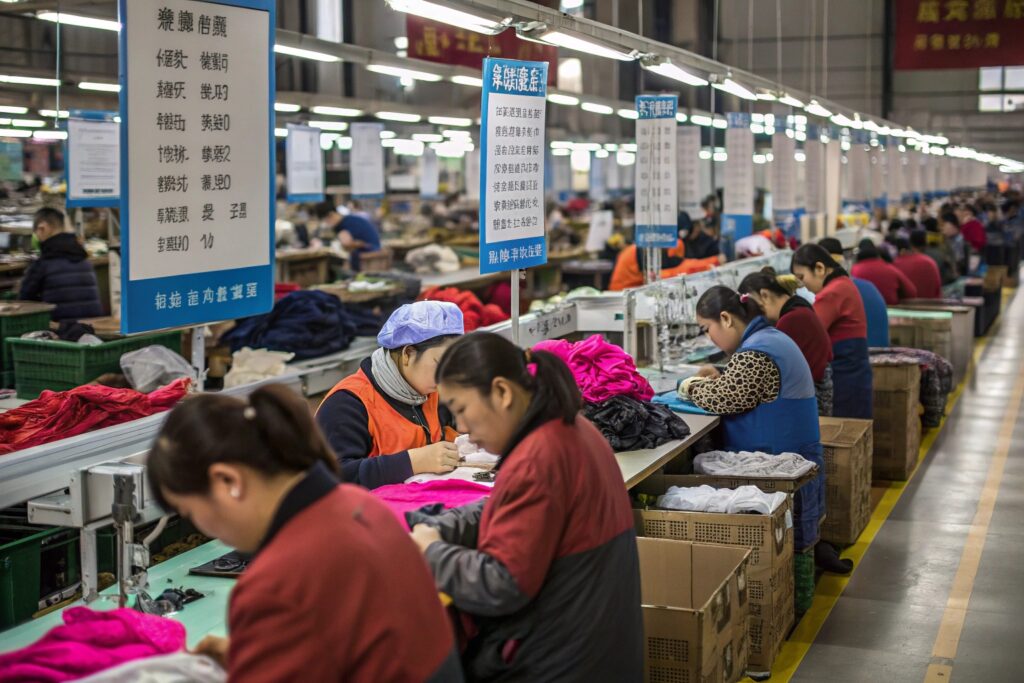
Risks if unprepared for seasonality:
| Risk Type | Example Impact |
|---|---|
| Lead Time Extensions | 20-day production becomes 45 days |
| Material Shortage | No stock of velvet ribbons for holiday clips |
| QC Bottlenecks | Rush production leads to more rework |
| Shipping Delays | Missed sailing = missed retail launch |
At AceAccessory, we buffer +10% raw stock on fast-selling items like metal clips or winter fleece accessories—so we can respond to reorders even mid-season.
We also flag clients about Golden Week, Chinese New Year, or port congestion timelines, so their orders stay on schedule.
How can strategic warehousing practices help a company manage seasonal demand fluctuations?
Even the best factory can’t ship fast if you wait until the last minute. That’s where local or bonded warehousing makes a difference.
Strategic warehousing allows brands to pre-produce inventory, store it near key markets, and release smaller volumes as needed—reducing risk and improving cash flow across seasonal peaks.
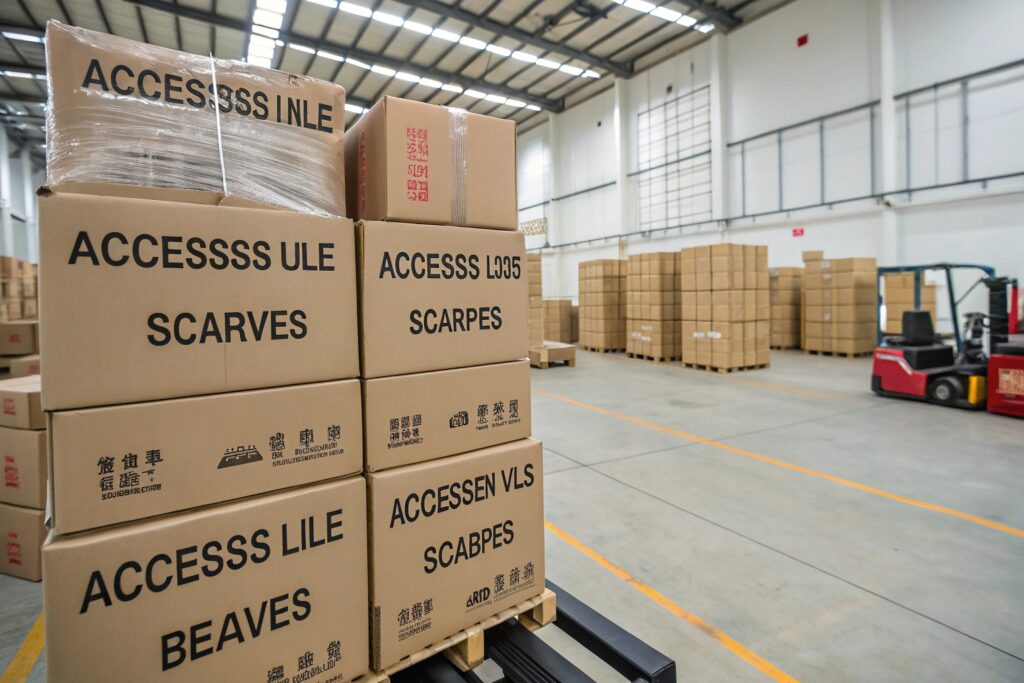
Warehousing options for seasonal accessory demand:
| Warehousing Type | Benefit |
|---|---|
| In-Factory Buffer Stock | Holds excess inventory for sudden reorders |
| 3PL in China (Free Trade) | Pre-clearance staging, faster export |
| U.S./EU Local Warehousing | Faster final-mile delivery to retail |
| DDP Service with Split Ship | Ship half now, hold half until needed |
We offer clients:
- Short-term storage in our Zhejiang warehouse
- Scheduled partial deliveries to avoid overstock
- Help connecting with 3PL partners in L.A., Rotterdam, or Ontario
One client in Canada pre-produced 50,000 units in October, shipped 30,000 before Black Friday, and held the rest in bonded stock until Boxing Day promos. It gave them both speed and savings.
Conclusion
Seasonal demand can stress your supply chain—or strengthen it. With the right partner, smart forecasting, and flexible warehousing, you can ride the highs without risking the lows. At AceAccessory, we’re ready to flex with you—season after season.


